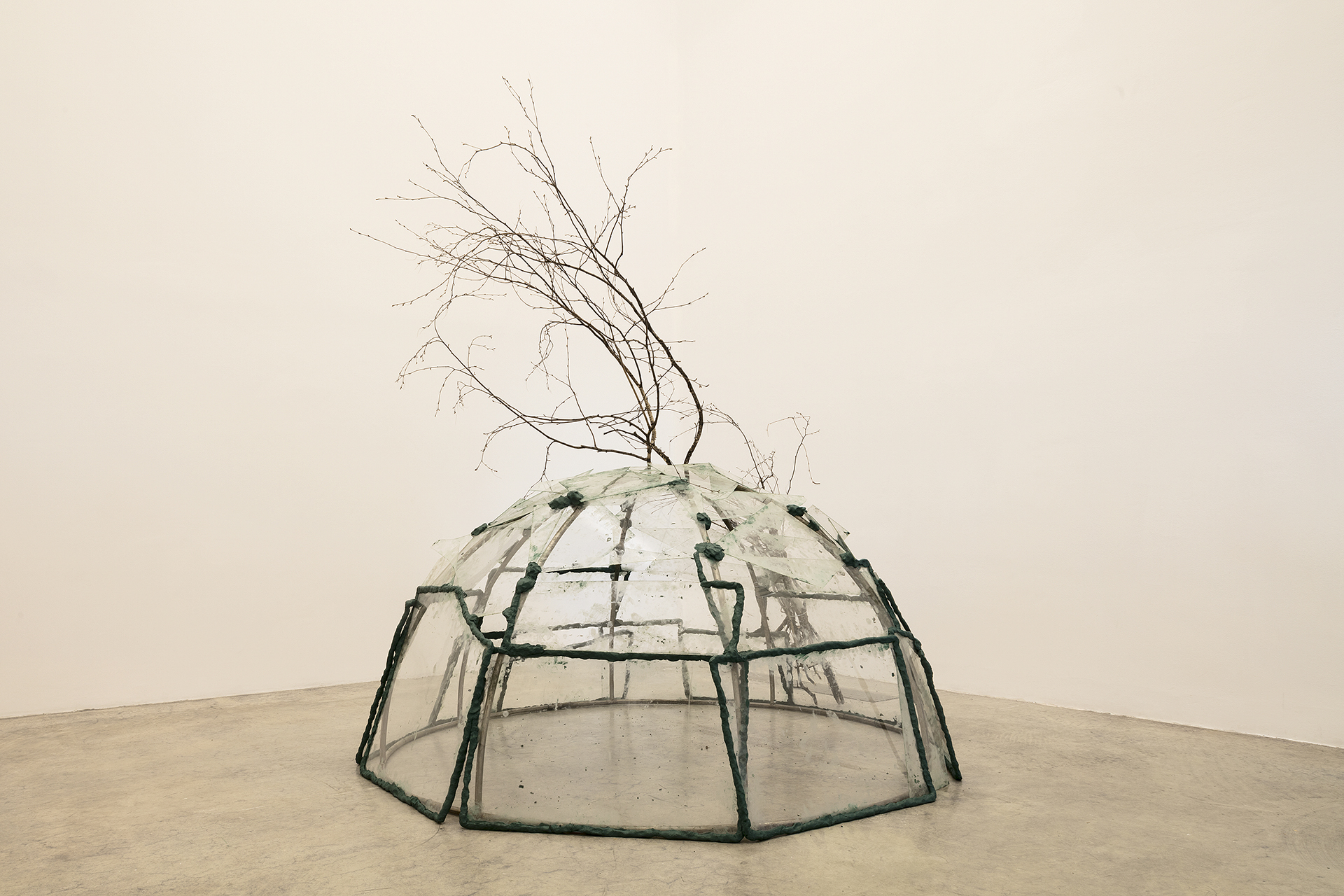The Marisa and Mario Merz. A pencil point can surpass consciousness exhibition, currently under way at the Fondazione Merz, is enriched with the presentation of three new works by the artists Richard Long, Giulio Paolini and Remo Salvadori.
“Marisa and Mario Merz is an unprecedented exhibition project, curated by Mariano Boggia, which presents the work of Marisa and Mario Merz in the unusual light of the times.
For the first time in the Fondazione’s spaces, Marisa and Mario’s work meets in a unified path, almost as if to recreate the dialogical dimension, the intense and profound, yet constant exchange in their work, while maintaining individual points of view.
The title of the exhibition is an explicit quotation of a phrase by Mario Merz that leads back to the common ground of artistic practice as a starting point for the prefiguration of unknown worlds.
The three works that will be part of the exhibition from 2 November onwards create a triangle of visual connections and senses, and discreetly form part of the dialogue in the exhibition rooms, occupying spaces that had been left free in anticipation of this event.
In their long career, Marisa and Mario met and established relationships with other artists, with some of whom they engaged in a long-distance dialogue and which they resumed on the occasion of new joint exhibitions, while with others, after their first meeting, they developed an acquaintance that sometimes developed into friendship.
Richard Long (Bristol 1945, lives and works in Bristol) has always maintained contact with the Italian artistic scene, starting with the historic Arte Povera + azioni povere exhibition in Amalfi in 1968, and has often exhibited in Italy, particularly in Turin, in the same galleries frequented by the artists pointed out by Germano Celant.
The relationship with Mario, born spontaneously, was maintained over time, perhaps also due to a similar apparent roughness of character typical of those who confront the harshness of the natural world: certainly they are both magiciens de la terre, as stressed by the exhibition that saw them together in 1989 in Paris. At the Fondazione, the arabesque circle of red porphyry called Russian Stones (1994) is transformed into a plateau under a sky crossed by Mario’s clouds, transforming the curved corner of the building into a natural landscape.
The participation of Giulio Paolini (Genoa 1940, lives and works in Turin) is of a different nature, highlighting the subtle bond that has been maintained over time between the artists of the Arte Povera group. With his work entitled Pittore in Africa, (2021) borrowed from a work by Mario Merz and created for the occasion, Paolini wanted to resume an interrupted conversation, overcoming the regret of the words not expressed at the time. “In Africa? Certainly, as Mario Merz said, painting has no boundaries except those that are deposited where we cannot know them… perhaps it disappears and then reappears in the course of time” (Giulio Paolini). In the superimposition of fragments of images and objects on an old map of Africa we find the author’s modus operandi, enhanced by a vein of longstanding affection.
Remo Salvadori (Cerreto Guidi (FI) 1947, lives and works in Milan) presents the steel rings of “Continuo infinito presente” (1984/2021) in a new version made for this event, underlining the nature of Marisa’s constant and continuous artistic work. Here we see two forms of sensitivity that have in common their ability to arouse wonder, through an underground work that, like a rhizome, re-emerges, generating forms that are both new and always the same: amazement at the enigma of the steel rings is equal to the surprise aroused by the variety of modes of expression of the drawings that crowd Marisa’s wall.
Special thanks for the generous loans to artists and TUCCI RUSSO Studio per l’Arte Contemporanea, Torre Pellice, Torino.




















